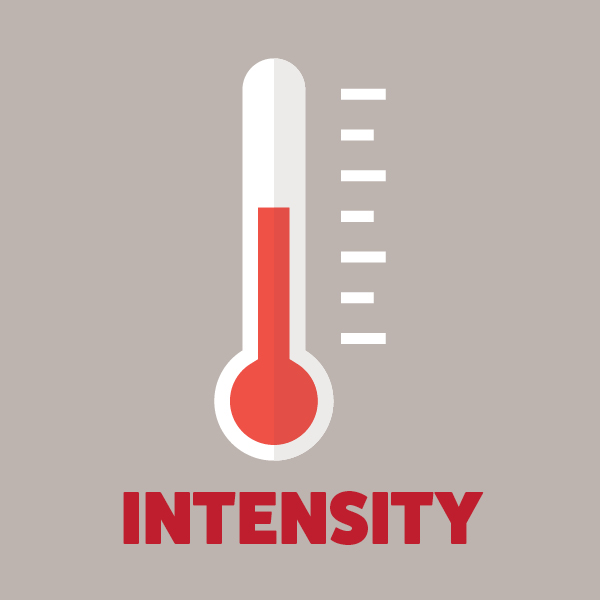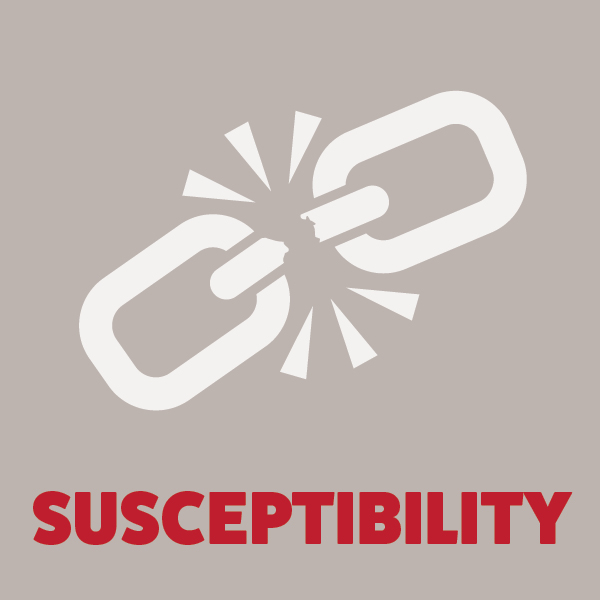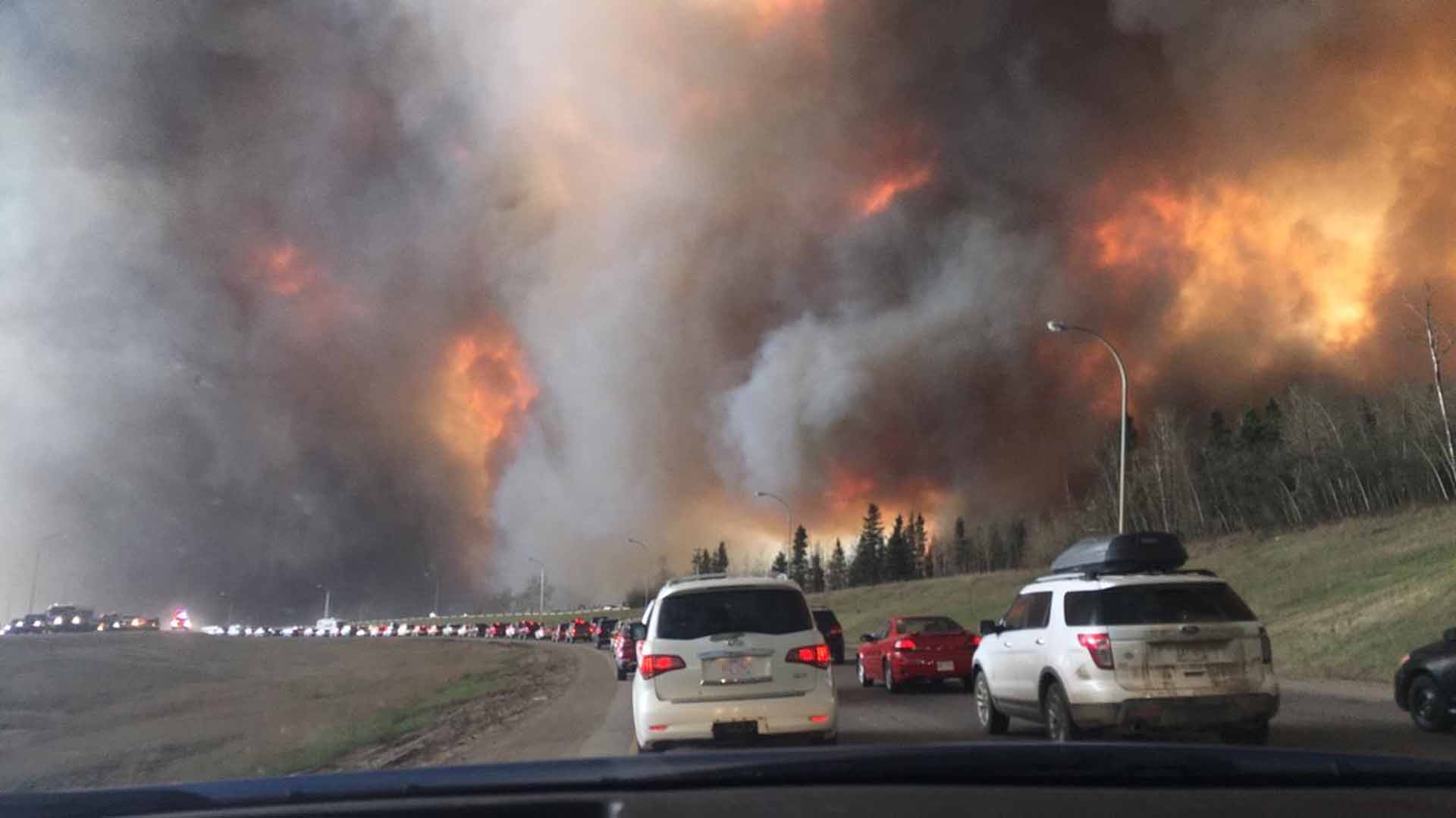
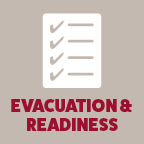
Evacuation & Readiness
Be ready for wildfires with community alerts, evacuation routes, and family plans.
About Evacuation & Readiness
It is important to be ready for wildfire long before it happens. This includes preparing ignition-resistant homes, as well as assembling emergency supplies, planning escape routes, and leaving early during a wildfire. In many communities, residents can sign up for early warning systems. Communities can also prepare for wildfire through development of Community Wildfire Protection Plans, purchasing equipment, and scenario simulation for various types of fires.
Wildfire Preparedness has three steps:

Get Ready
Prepare your home and property. Create defensible space in the home ignition zone and harden the home.

Get Set
Be alert. Prepare your home and family for evacuation. Create a wildfire action plan and prepare an emergency kit. Subscribe to community alerts.

Go
Act early. Follow your wildfire action plan, gather your emergency supplies, and leave early.
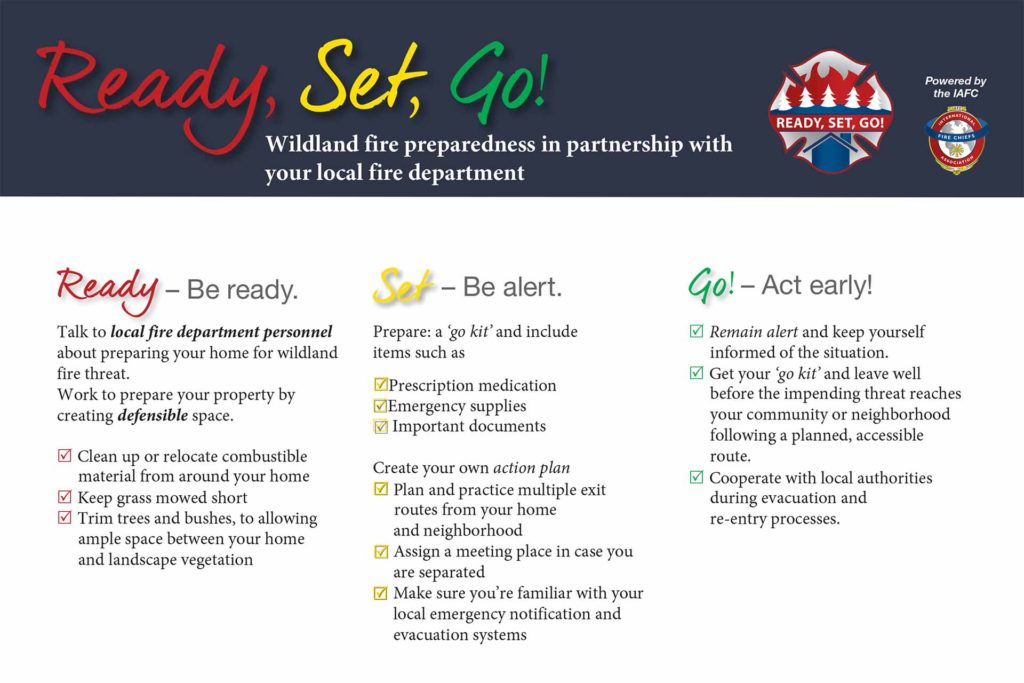

Explore your community’s risk.
Community Tools
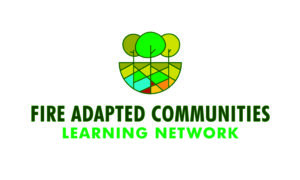
Fire Adapted Communities Learning Network
The Fire Adapted Communities Learning Network connects and supports people and communities who are striving to live more safely with wildfire. The purpose of FAC Net is to exchange information, collaborate to enhance the practice of fire adaptation, and work together and at multiple scales to help communities live safely with fire. This includes embracing resiliency concepts and taking action before, during and after wildfires. They offer a Fire Adapted Communities Self-Assessment Tool (FAC SAT) to help communities assess their level of fire adaptation and track their capacity to live safely with fire over time
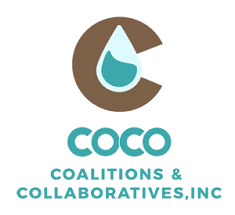
AIM: Action, Implementation & Mitigation
The Action, Implementation, and Mitigation Program (AIM) seeks to increase local capacity and support for wildfire risk reduction activities in high risk communities. Selected participants in AIM will receive technical and financial support and become affiliate members of Coalitions and Collaboratives, Inc. (COCO).
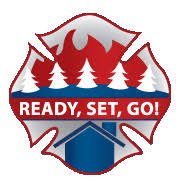
Ready, Set, Go!
The Ready, Set, Go! (RSG) Program seeks to empower fire departments to engage the residents they serve in wildland fire community risk reduction. The RSG! Program provides tools and resources for fire departments to use as they help residents gain an understanding of their wildland fire risk and actions individuals can take to reduce that risk. The RSG! Program is managed by the International Association of Fire Chiefs (IAFC).
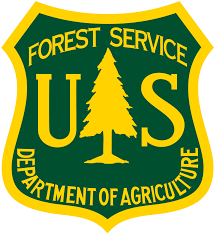
Federal Excess Personal Property Program & Firefighter Property Program
The Federal Excess Personal Property (FEPP) program loans Forest Service-owned vehicles, equipment, and other property to state foresters for wildland and rural firefighting.
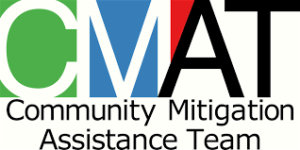
Community Mitigation Assistance Team (CMAT)
Community Mitigation Assistance Teams are a national interagency resource designed to work collaboratively with local partners to build sustainable mitigation programs focused on community fire adaptation actions on the ground. A CMAT works with communities at high risk of wildfire to analyze their mitigation programs and barriers, develop workable solutions to help move mitigation forward, share best mitigation practices for achieving outcomes, and build successful partnerships.
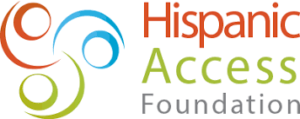
Hispanic Access Foundation Wildfire Toolkit
Latino communities are more vulnerable to experiencing the adverse effects of wildfires. The Hispanic Access Foundation Wildfire Toolkit provides resources about regulations and policies, public and mental health, and response and recovery issues to help communities address Latino considerations related to wildfire.
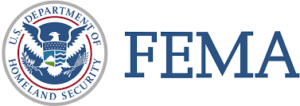
FEMA Pre-Disaster Mitigation Program
The Federal Emergency Management Administration (FEMA) offers several grant opportunities for wildfire in its Hazard Mitigation Assistance program. The Pre-Disaster Mitigation (PDM) program awards planning and project grants to states, territories, federally recognized tribes, and local communities to implement a sustained, pre-disaster natural hazard mitigation program to raise public awareness about taking action before disaster strikes.
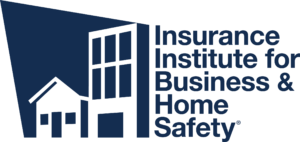
Disaster Safety
Disaster Safety features projects to help home and business owners protect their property from damage caused by wildfire and other natural disasters. This site is a product of the Insurance Institute for Business & Home Safety (IBHS)—a nonprofit, scientific research and communications organization supported solely by property insurers and reinsurers.
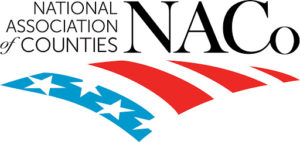
NACo County Wildfire Playbook
The National Association of Counties (NACo) produced this county leadership guide to help communities become more fire adapted and learn to live with wildland fire. The playbook has been designed by county commissioners, for county commissioners, as they endeavor to fortify and protect communities from high severity impacts of wildland fire.
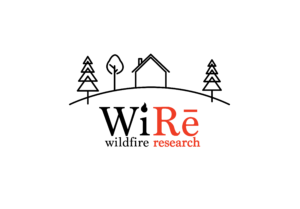
WiRē
The Wildfire Research (WiRē) Center is a nonprofit organization that works with wildfire practitioners to seek locally-tailored pathways to create fire adapted communities. The WiRē Center builds on the findings and the approach of the WiRē Team, a decade-plus partnership between wildfire practitioners and researchers focusing on new approaches to integrating local social science into wildfire education and mitigation programs.

Limited English Proficiency
LEP.gov provides resources and information to expand and improve language access for individuals with limited English proficiency. The site provides data and language maps as well as guidance and resources for those working in emergency preparedness.
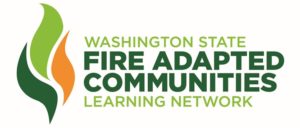
Community Engagement Toolkit
These free toolkits each contain a 3-part video series, presentation template with facilitator’s notes, and sample agendas (including resource links). The videos are in Spanish with English subtitles and cover topics including landscapes, communities, evacuation, smoke, home hardening, and resident recovery.

Ready.Gov
Ready.gov provides free information for all people seeking to prepare for disasters. This resource includes material tailored to individuals with access and functional needs. Information includes important planning considerations, emergency communication plan templates, and videos with open captions and American Sign Language.

Capacity-Building Toolkit for including Aging and Disability Networks in Emergency Planning
Developed by the US Department of Health and Human Services Office of the Assistant Secretary for Preparedness and Response in coordination with the National Association of County and City Health Officials, this free toolkit provides a resources guide for aging and disability networks to plan for and respond to disasters. Content is designed to support those with access and functional needs.
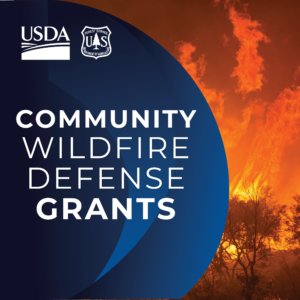
Community Wildfire Defense Grants (CWDG)
The Community Wildfire Defense Grant (CWDG) program provides grants to communities at risk from wildfire to develop or revise their community wildfire protection plans and carry out mitigation projects described within those plans. It is administered by the USDA Forest Service.
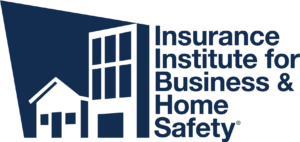
Wildfire Ready Home
We can’t stop the wildfire, but The Insurance Institute for Business & Home Safety has the science to provide measures to reduce property losses and prevent avoidable suffering. The Wildfire Ready Home website provides the specific actions homeowners can take.
Research & Science
- Champ PA, Donovan GH, & Barth CM. (2013). Living in a tinderbox: Wildfire risk perceptions and mitigating behaviours. International Journal of Wildland Fire, 22(6), 832–840.
- Coughlan M; Ellison A; Cavanaugh A. (2019). Social Vulnerability and Wildfire in the Wildland-Urban Interface Literature Synthesis. Ecosystem Workforce Program Working Paper. 96.
- Davies IP, Haugo RD, Robertson JC, Levine PS. (2018). The unequal vulnerability of communities of color to wildfire. PLoS ONE. 13(11): e0205825.
- Evers CR, Ager AA, Nielsen-Pincus M, Palaiologou P, Bunzel K. (2019). Archetypes of community wildfire exposure from national forests of the western US. Landscape and Urban Planning, 182, 55-66.
- Fischer AP, Jasny L. (2017). Capacity to adapt to environmental change: evidence from a network of organizations concerned with increasing wildfire risk.Ecology and Society, 22(1).
- Jakes P, Kruger L, Monroe M, Nelson K, & Sturtevant V. (2007). Improving wildfire preparedness: lessons from communities across the U.S. Human Ecology Review, 14(2), 188-197.
- McCaffrey S, McGee TK, Coughlan M. (2020). Understanding wildfire mitigation and preparedness in the context of extreme wildfires and disasters: Social science contributions to understanding human response to wildfire. In: Tedim F, Leone V, McGee TK, eds. Extreme Wildfire Events and Disasters. Elsevier. 155-174.
- McCaffrey S, Wilson R, & Konar A. (2017). Should I stay or should I go now? Or should I wait and see? Influences on wildfire evacuation decisions. Risk Analysis, 38(7), 1390-1404.
- McCaffrey S. (2015). Community wildfire preparedness: a global state-of-the-knowledge summary of social science research.Current Forestry Reports, 1(2), 81-90.
- Palaiologou P; Ager AA, Nielsen-Pincus M, Evers CR, Day MA. (2019). Social vulnerability to large wildfires in the western USA. Landscape and Urban Planning 189: 99-116.
- Thomas AS, Escobedo FJ, Sloggy MR, Sánchez JJ. (2022). A burning issue: Reviewing the socio-demographic and environmental justice aspects of the wildfire literature. PLoS ONE. 17(7): e0271019.
- Wildfire Risk Management Science Team. (n.d.). USDA Forest Service, Rocky Mountain Research Station.


